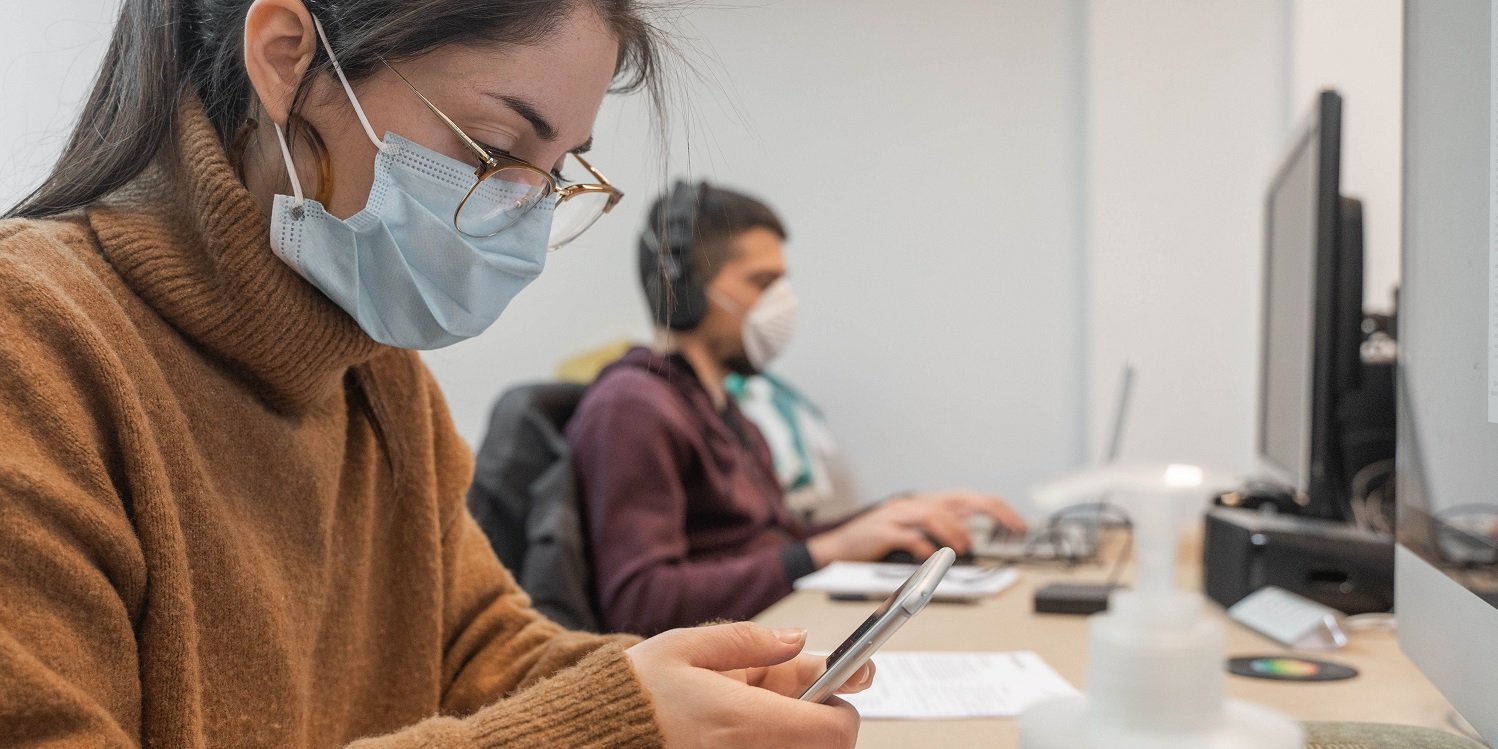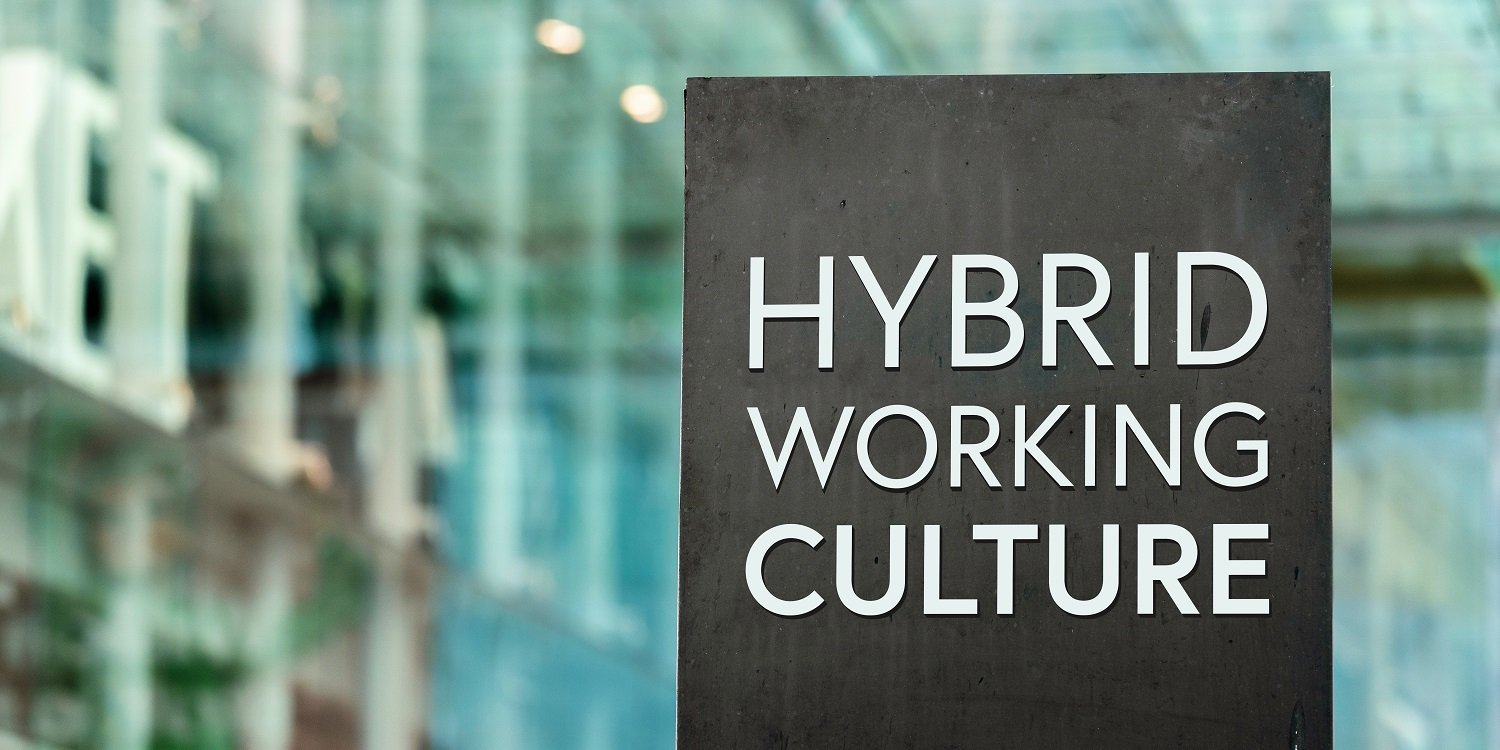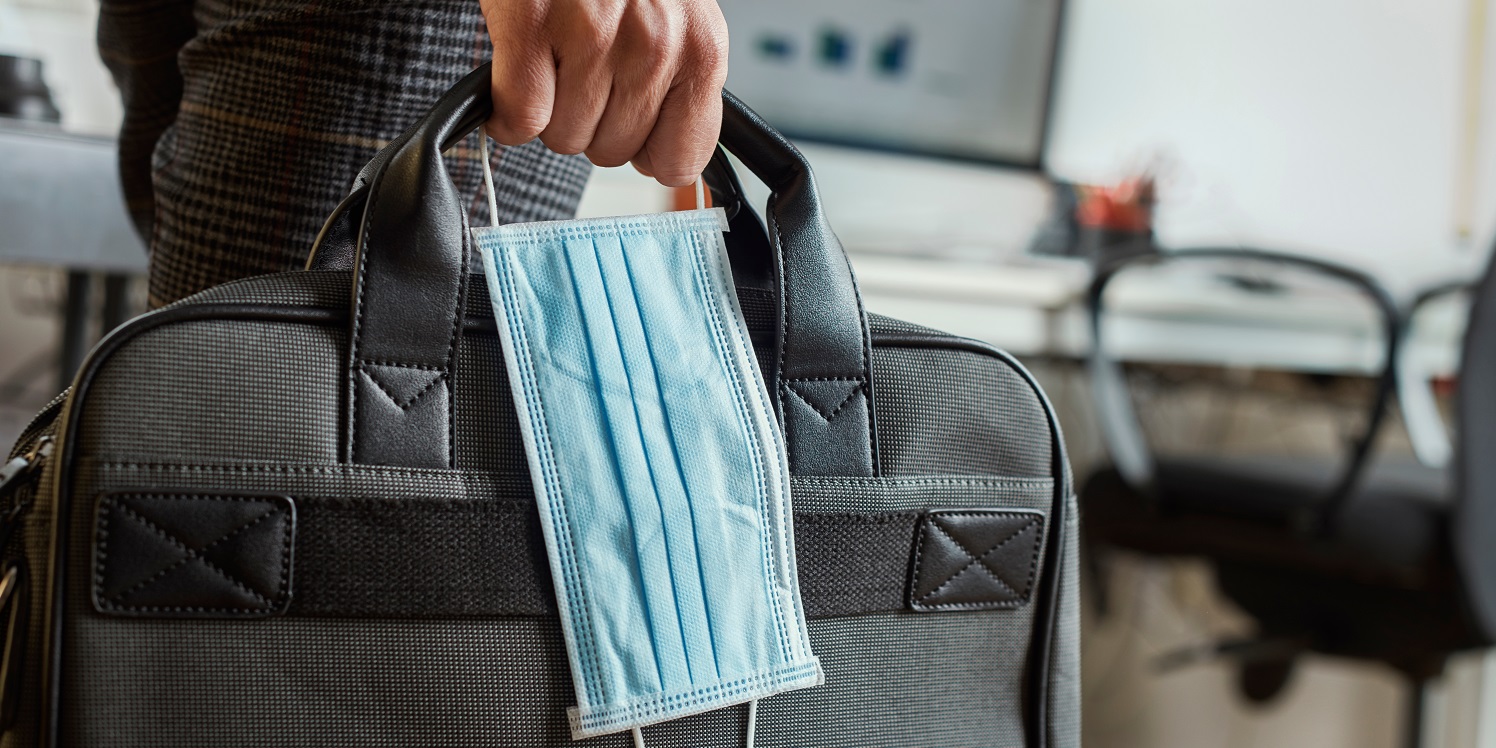UK lockdown restrictions are easing from July 19th and people are being advised to make their own decisions on pandemic related safety measures. For workplaces, this means that guidance for staff to work from home wherever possible will come to an end and many of us will be returning to work.
The great return to the office
In many cases, staff who were previously working from home fulltime will be returning to the office – in some cases flexibly, in others on a fixed part-time basis, and some back to a fulltime office routine.
Many employers and managers are understandably concerned about getting the return to the office right after 18 months of isolation and uncertainty for many workers, which has inevitably had an impact on staff mental health.
So, what do the HR and employment law experts advise in managing a smooth and safe return to the office? We’ve asked a range of consultants and here’s what they had to say…
Communicate, communicate, communicate
.jpg?width=1000&name=future-remote-working-employers%20(1).jpg)
Especially when it comes to protecting staff mental health and resilience during such a time of change, communication really is key. Many of the HR and employment law consultants we spoke to highlight the importance of continuous communication during times of change, such as a shift back to office working:
“An anxious time”
 “It's important for employers to acknowledge that returning to the workplace could potentially be an anxious time for employees. My top tip is to have a conversation with each employee ahead of them coming back to work to let them know what they can expect and to give them an opportunity to ask any questions they have. This should help make the transition smoother for everyone.”
“It's important for employers to acknowledge that returning to the workplace could potentially be an anxious time for employees. My top tip is to have a conversation with each employee ahead of them coming back to work to let them know what they can expect and to give them an opportunity to ask any questions they have. This should help make the transition smoother for everyone.”
– Kat Derbyshire, Director, Black Kat HR
“Returners might need re-training”
 “People have reacted to homeworking in different ways. Some have felt isolated and are keen to return, others have benefitted financially and in terms of family life. Reluctant returners might need re-training, they may have health fears about the workplace or using public transport. Reassure employees and give them the confidence to return, by letting them know in advance about any new workplace measures.”
“People have reacted to homeworking in different ways. Some have felt isolated and are keen to return, others have benefitted financially and in terms of family life. Reluctant returners might need re-training, they may have health fears about the workplace or using public transport. Reassure employees and give them the confidence to return, by letting them know in advance about any new workplace measures.”
– Jay Bhayani, Managing Director, Bhayani Law
“Keep an open dialogue”
 “To many, the move back to the office will be a welcome opportunity and a great way to re-engage with colleagues. Others may find the transition challenging and a big change to how they have been working over the last year. We’re advising managers to keep an open dialogue and regular check-ins with staff to ensure everyone is being listened to and adjustments made to keep as everyone as comfortable as possible with any and all changes to come.”
“To many, the move back to the office will be a welcome opportunity and a great way to re-engage with colleagues. Others may find the transition challenging and a big change to how they have been working over the last year. We’re advising managers to keep an open dialogue and regular check-ins with staff to ensure everyone is being listened to and adjustments made to keep as everyone as comfortable as possible with any and all changes to come.”
– Suzanne Tricker, Director, Amica HR Ltd
Consider the practicalities

Alongside the emotional aspect of returning to the physical workplace, there are also the practicalities! Here are some tips from our consultants…
“Put things in place on a temporary basis”
 “Given the upheaval in the last twelve months, it makes sense to put things in place on a temporary basis to begin with. This allows employees some time to think about what they want to do. It also allows your business time to understand what works and replay your experiences to employees. The last year or so has created so much upheaval and change. It is unfair to expect either the employer or employees to understand what will work immediately.”
“Given the upheaval in the last twelve months, it makes sense to put things in place on a temporary basis to begin with. This allows employees some time to think about what they want to do. It also allows your business time to understand what works and replay your experiences to employees. The last year or so has created so much upheaval and change. It is unfair to expect either the employer or employees to understand what will work immediately.”
– Alasdair Swindlehurst, HR Consultant, Swindlehurst Consulting Limited
“Team building opportunities”
 “Don’t underestimate staff anxiety about returning (particularly those who may have joined during the pandemic) – consider whether staff may require re-induction if they have been furloughed for an extensive period and try to organise team building opportunities where possible.”
“Don’t underestimate staff anxiety about returning (particularly those who may have joined during the pandemic) – consider whether staff may require re-induction if they have been furloughed for an extensive period and try to organise team building opportunities where possible.”
– Crystal Boyde, Associate Solicitor, Thrive Law
“Staggered start and finish times”
 “Assist with the journey to work by taking steps such as introducing the Cycle to Work Scheme, allowing staggered start and finish times to avoid peak travel times, or have a rota so that some work at home while others are in the office, freeing up more parking spaces.”
“Assist with the journey to work by taking steps such as introducing the Cycle to Work Scheme, allowing staggered start and finish times to avoid peak travel times, or have a rota so that some work at home while others are in the office, freeing up more parking spaces.”
– Jay Bhayani, Managing Director, Bhayani Law
“Do remote employees have the right tools?”
 “There are some things that need to be considered for remote working employees. Do they have the right tools to do the job as efficiently as possible? We have spoken to lots of our clients who decided to upgrade technology for their staff so that they had the best computers set up at home, with printers and other tools that they were used to having in the office. But one potential stumbling block has been some people without super-fast broadband at home, and then these tools lose their efficacy.
“There are some things that need to be considered for remote working employees. Do they have the right tools to do the job as efficiently as possible? We have spoken to lots of our clients who decided to upgrade technology for their staff so that they had the best computers set up at home, with printers and other tools that they were used to having in the office. But one potential stumbling block has been some people without super-fast broadband at home, and then these tools lose their efficacy.
“Obviously this comes at a cost to the business, but ultimately there might be so many other savings that these technology upgrades will be beneficial and give significant return on investment.”
– Emma del Torto, Managing Director, Effective HRM
“Keeping your workplace safe”
 "Returning to the workplace after a global pandemic can be incredibly daunting for anyone. Aren’t we all a little concerned about what our ‘normal’ future looks like from now on?
"Returning to the workplace after a global pandemic can be incredibly daunting for anyone. Aren’t we all a little concerned about what our ‘normal’ future looks like from now on?
"Making sure you're keeping your workplace safe is probably at the forefront of your mind, but what do you need to do in order to meet the regulatory requirements?
- "Risk Assess: Updating your risk assessment to manage the risk of coronavirus within the workplace will help you identify what you need to do for you and your team to work safely.
- "Cleaning and hygiene: Frequently cleaning the workspaces and asking your team to wash their hands is a critical and very important part of keeping your premises COVID-19 free.
- "Social Distance: Even though this rule is relaxing across the country, keeping your team 2 metres apart will mitigate the risk of coronavirus spreading within the workplace.”
– Kelly Games, Human Resources Advisor, Agilio Software
Embrace hybridity

It’s no secret that employees and businesses alike are embracing hybrid working, particularly since the beginning of the pandemic. Most employees certainly don’t want to go back to the office fulltime, preferring a split between office and home working. Of course, a shift towards hybrid working won’t come without its own unique challenges.
“Harder to refuse”
 “Expect many more flexible working requests than in the past – given the way that working practices have changed during the pandemic, it is likely to be harder moving forward to refuse any such requests. Any requests received must be given due consideration on a case-by-case basis.”
“Expect many more flexible working requests than in the past – given the way that working practices have changed during the pandemic, it is likely to be harder moving forward to refuse any such requests. Any requests received must be given due consideration on a case-by-case basis.”
– Crystal Boyde, Associate Solicitor, Thrive Law
“A largely untested concept”
HR consultant Gemma Dale advised on how to handle hybrid working requests in an article on our blog and compared formal versus informal approaches:
 “When flexible working requests are accepted, this typically leads to a change in terms and conditions of employment for the employee. As hybrid working is a largely untested concept, this may not be the time to alter contracts of employment and a more cautious approach may be preferable.”
“When flexible working requests are accepted, this typically leads to a change in terms and conditions of employment for the employee. As hybrid working is a largely untested concept, this may not be the time to alter contracts of employment and a more cautious approach may be preferable.”
– Gemma Dale, Senior HR Professional and Founder of The Work Consultancy
“Check your policies are still applicable”
Similarly, our own CTO Kit Barker wrote about the security implications of hybrid working for our blog, advising specifically on policies that:
 “With any change in working patterns, it’s important to check your policies are still applicable and cover new processes. This is much more than just a box ticking or bureaucratic exercise. A good policy is key for letting people know what is expected behaviour and done well, policies are useful training tools.”
“With any change in working patterns, it’s important to check your policies are still applicable and cover new processes. This is much more than just a box ticking or bureaucratic exercise. A good policy is key for letting people know what is expected behaviour and done well, policies are useful training tools.”
– Kit Barker, CTO at myhrtoolkit
“Consult and design with teams”
 “Teams are the unit of design here. Not a macro-level diktat or micro-level chaos. Have teams work out when and how they work and think about the other teams they work with that need their inputs. Consult and design with them too.”
“Teams are the unit of design here. Not a macro-level diktat or micro-level chaos. Have teams work out when and how they work and think about the other teams they work with that need their inputs. Consult and design with them too.”
– Perry Timms, Founder and Chief Energy Officer at People & Transformational HR Ltd
One thing is for sure: the past year or so has been a shock for many of us and has created unprecedented changes in the world of work. Returning to work after COVID and the disruptions the pandemic has caused won't be an easy process. However, by working together, communicating clearly, and adapting to changes when needed, all businesses and their employees can anticipate risks and challenges and put effective strategies in place.
More from the myhrtoolkit blog
Staff returning to work: employers' legal responsibilities
The workplace re-imagined: new challenges employers face in 'the new normal'

Written by Camille Brouard
Camille is a Senior Marketing Executive for myhrtoolkit who writes on topics including HR technology, workplace culture, leave management, diversity, and mental health at work.


 Holiday Planner
Holiday Planner Absence Management
Absence Management Performance Management
Performance Management Staff Management
Staff Management Document Management
Document Management Reporting
Reporting Health and Safety Management
Health and Safety Management Task Management
Task Management Security Centre
Security Centre Self Service
Self Service Mobile
Mobile




